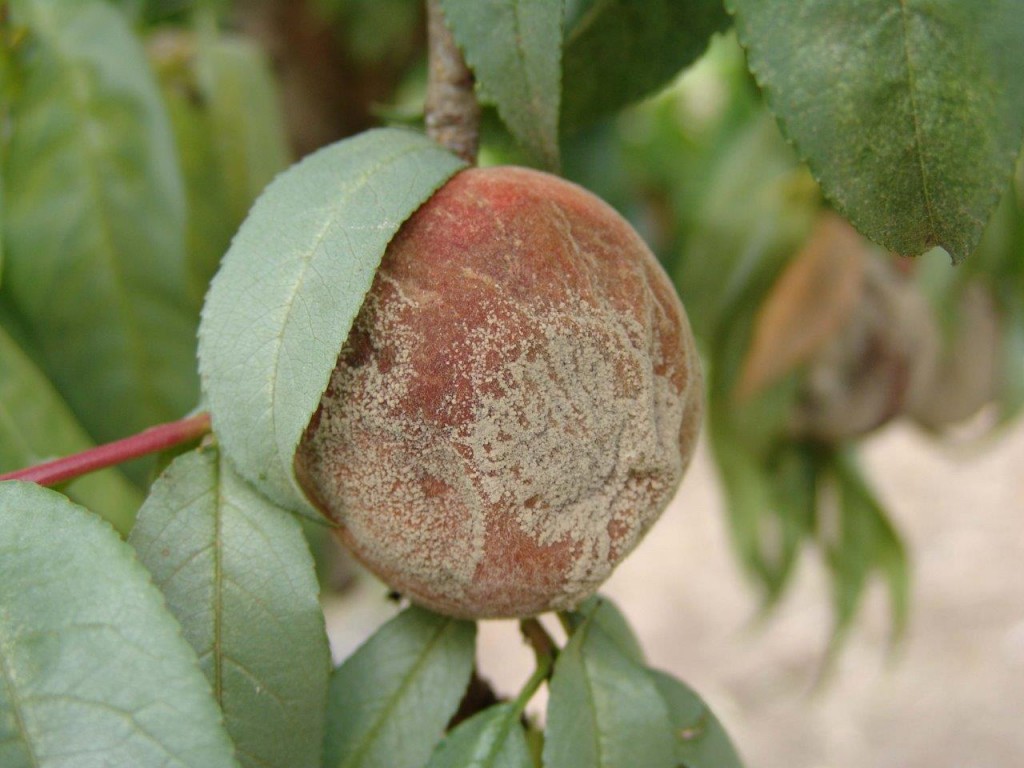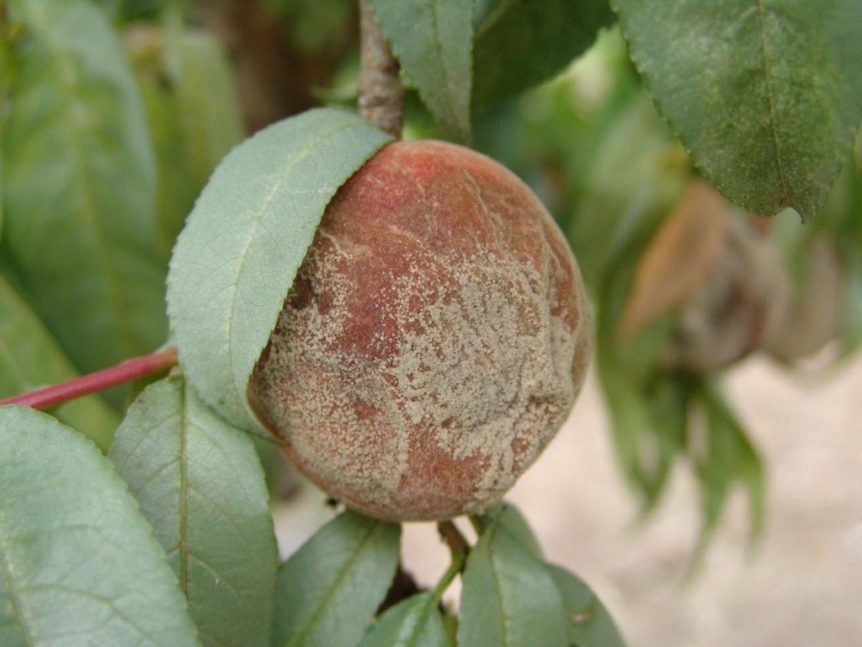
By Clint Thompson
Fungicide preservation is the key for peach producers in managing brown rot disease long term. DMI fungicides have already been compromised to some extent. Growers need to ensure other fungicide classes don’t fall victim as well, says Phil Brannen, University of Georgia Cooperative Extension fruit disease specialist.
“The bottom line is we’ve got some new products coming to market, and there will be at least one from BASF, one that’s coming in from Bayer and one from Syngenta. These are new products, new combinations of chemistries we’ve had around for a while. They are SDHI fungicides that are combined with DMI fungicides. That’s new for us,” said Brannen, who spoke about brown rot at the Southeast Regional Fruit and Vegetable Conference in Savannah, Georgia, last weekend. “What my presentation was, what are the potential pitfalls of bringing in that type of product relative to resistance development in the future, and how do we incorporate those fungicides to best manage brown rot but also to prevent resistance development in the SDHI fungicides?”
Resistance Exists Already
Resistance exists in DMI fungicides, though farmers can continue to utilize them in a systems approach with other fungicides.
“What we’re looking at now is how to modify that system and still get all of the disease control we need and maybe even better disease control without increasing DMI resistance beyond where it is and also without developing new resistance in an SDHI fungicide or QOI fungicide,” Brannen said. “We have good fungicides with the exception of the DMI fungicides. We do not have any strong resistance in the other fungicide classes for brown rot at this time, and we just don’t want that to happen. We’re limited in the number of fungicides that are really active.
“If we lose one of those (fungicide classes), that’s going to put pressure on the other classes. That domino will fall, too. Without having something to control brown rot, we probably can’t grow peaches in Georgia. That’s the bigger concern in the long run.”
Brown rot disease thrives in a warm, wet environment with high humidity. Moisture is key for its development.
“As far as a disease on a yearly basis, brown rot is the single most important disease that we have,” Brannen said. “It’s the one we have to control if we’re going to market peaches. In the absence of having fungicides and having a wet year, we could lose 100% of our peaches to brown rot. We won’t be able to sell a one.”










